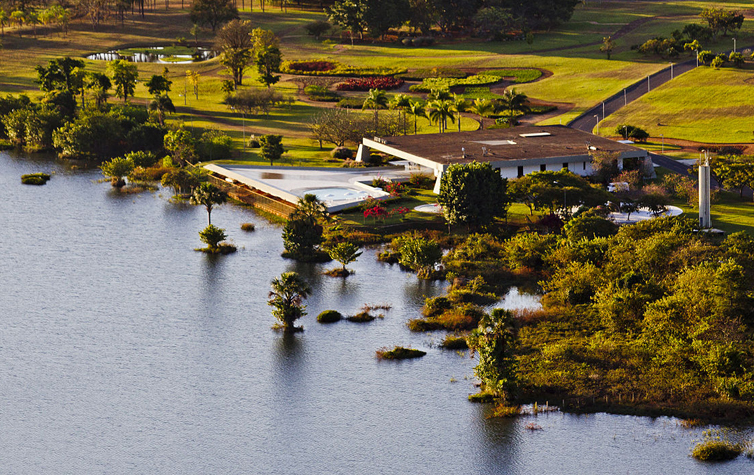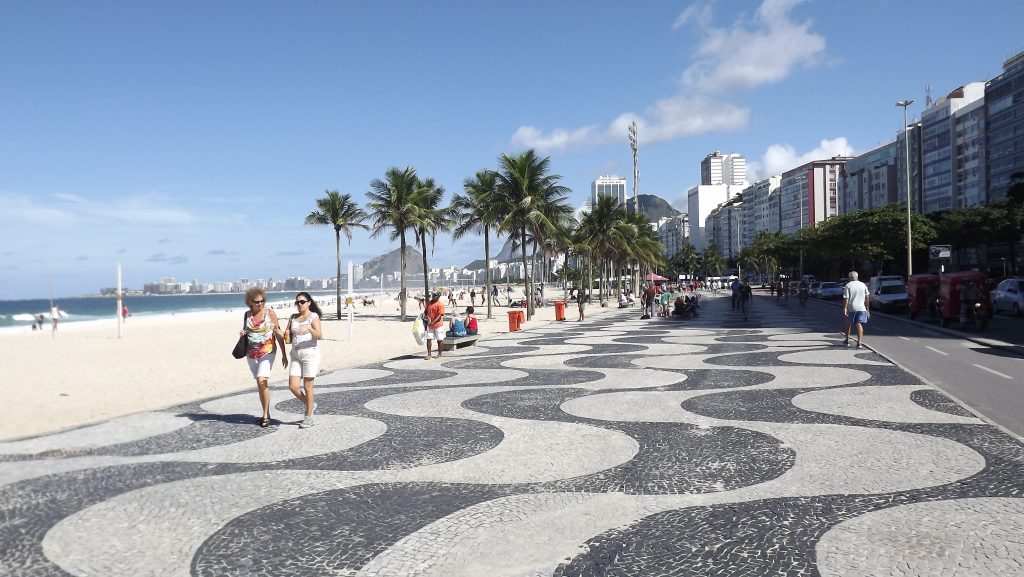
Roberto Burle Marx’s life spanned the majority of the 20th century. Born in Brazil in 1909, he lived until 1994. Prolific and multi-talented, Burle Marx is known primarily as a Brazilian landscape architect, but his artistic repertoire included painting, textiles, jewelry, even stage set designs. Burle Marx’s breadth of visual aptitude combined with his love for Brazil’s native plants made him a prolific and colorful landscape architect. He designed thousands of gardens/landscapes and discovered 50 new plant species in his work.
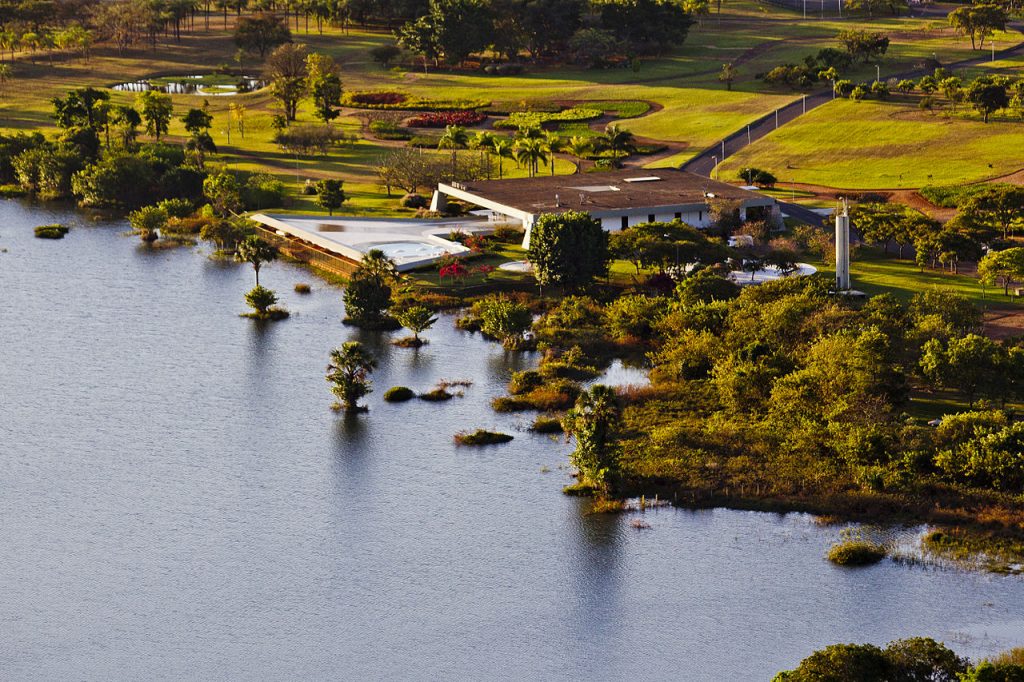
Experimentation in a Tropical Key
Burle Marx pioneered and shaped tropical modernist landscape design. Ironically, it was while he was studying painting in Berlin that he discovered Brazil’s native flora. While studying in Germany, Burle Marx visited Berlin’s botanical gardens, which included native Brazilian plants. When he returned to his native Brazil, he became an advocate for using the richness of native plants rather than relying on European flora, the fashion at the time. In fact, his attention to native plants led him to be advocate for the conservation of Brazil’s rainforest.
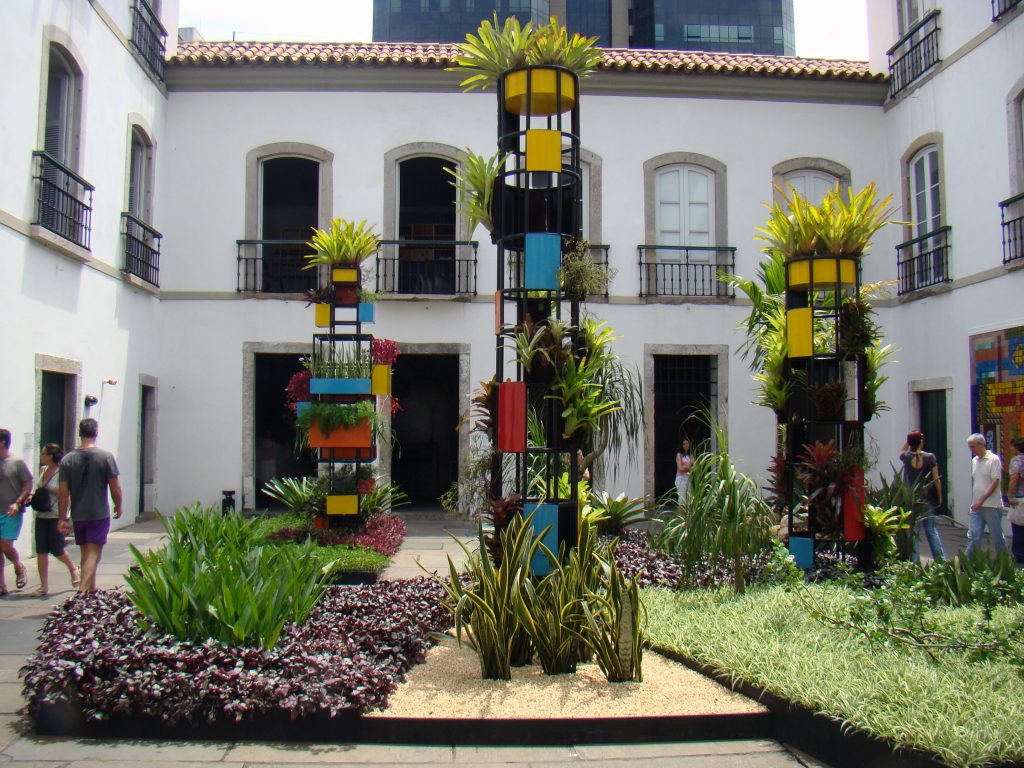
Stylistically, Burle Marx leaned toward modern and avant garde with influence from cubism. He incorporated abstract shapes and opted for asymmetry. He saw landscape design as a type of painting, simply with different materials. In a 1954 essay, he writes, “Juxtaposing of the aesthetic attributes of these art movements [cubism and abstractionism] with elements from nature was what drew me toward new experimentation. I then chose to use natural topography as a surface for composition, taking mineral or plant elements found in nature as materials for aesthetic organization, just as other artists use canvas, paints and brushes for their compositions.”
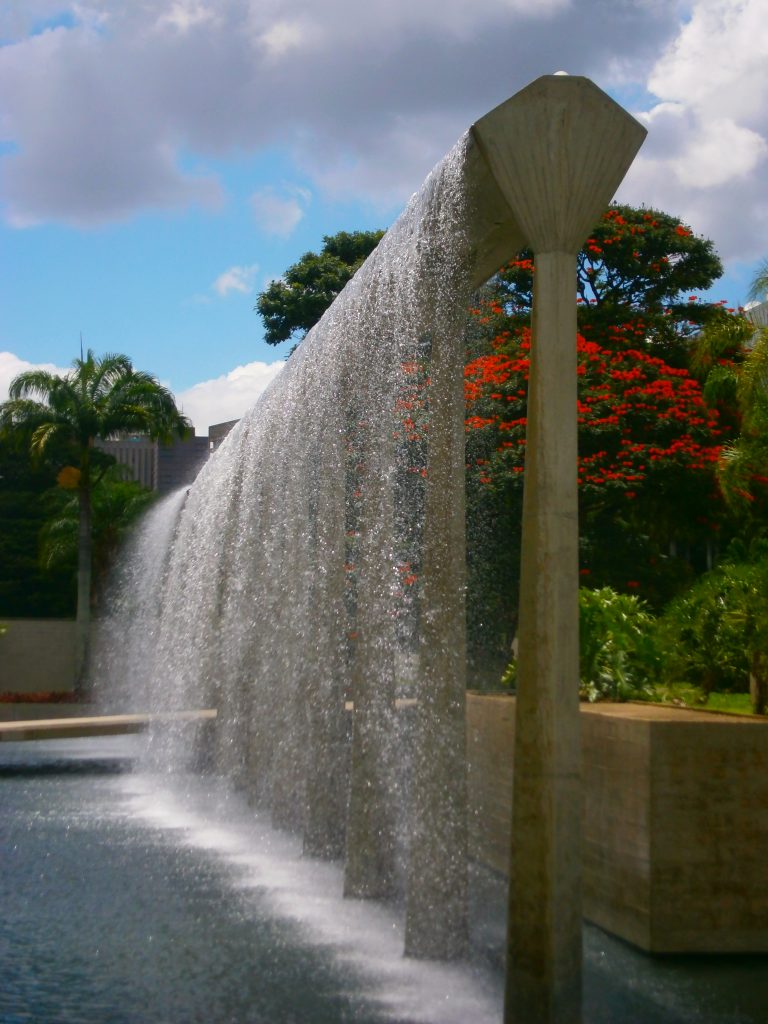
A Global Legacy
Both an ecologist and an artist, Burle Marx approached landscape architecture holistically, balancing concerns such as color, shape with the plant’s natural requirements and how they interact with the environment. For instance, rather than mixing various plants together like a European cottage garden, he grouped one type of plant into a sculptural block, which allowed the plants to thrive and created a strong visual impression.
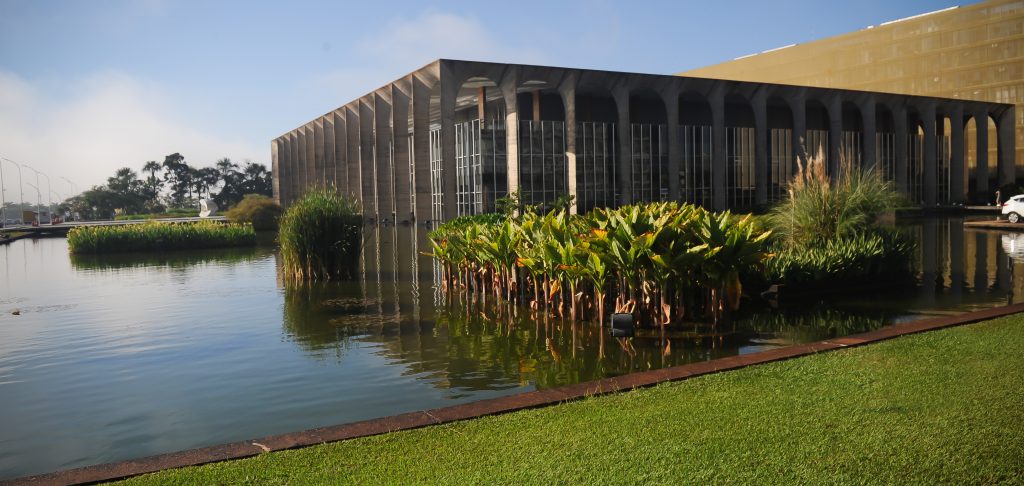
From private residences to public spaces, mainly in Brazil, but also in Venezuela and farther afield in Malaysia and the US, Burle Marx’s prolific career drew attention to the riches of Brazil’s tropical natural diversity and the possibilities of landscape shaped by both place and modern artistic sensibilities. His former private residence and gardens, Sítio Burle Marx, is under consideration as UNESCO World Heritage Site.
 For more on MCM Brazilian architecture, read on about the São Paulo Museum of Art. Want to see more of where MCM architecture meets the great outdoors? Find indoor-outdoor living ideas, boost your curb appeal, and find amazing landscape design in our Exteriors issue! Get your copy here.
For more on MCM Brazilian architecture, read on about the São Paulo Museum of Art. Want to see more of where MCM architecture meets the great outdoors? Find indoor-outdoor living ideas, boost your curb appeal, and find amazing landscape design in our Exteriors issue! Get your copy here.
And of course, don’t forget to follow us on Instagram, Facebook and Pinterest for more Atomic Ranch articles and ideas!

